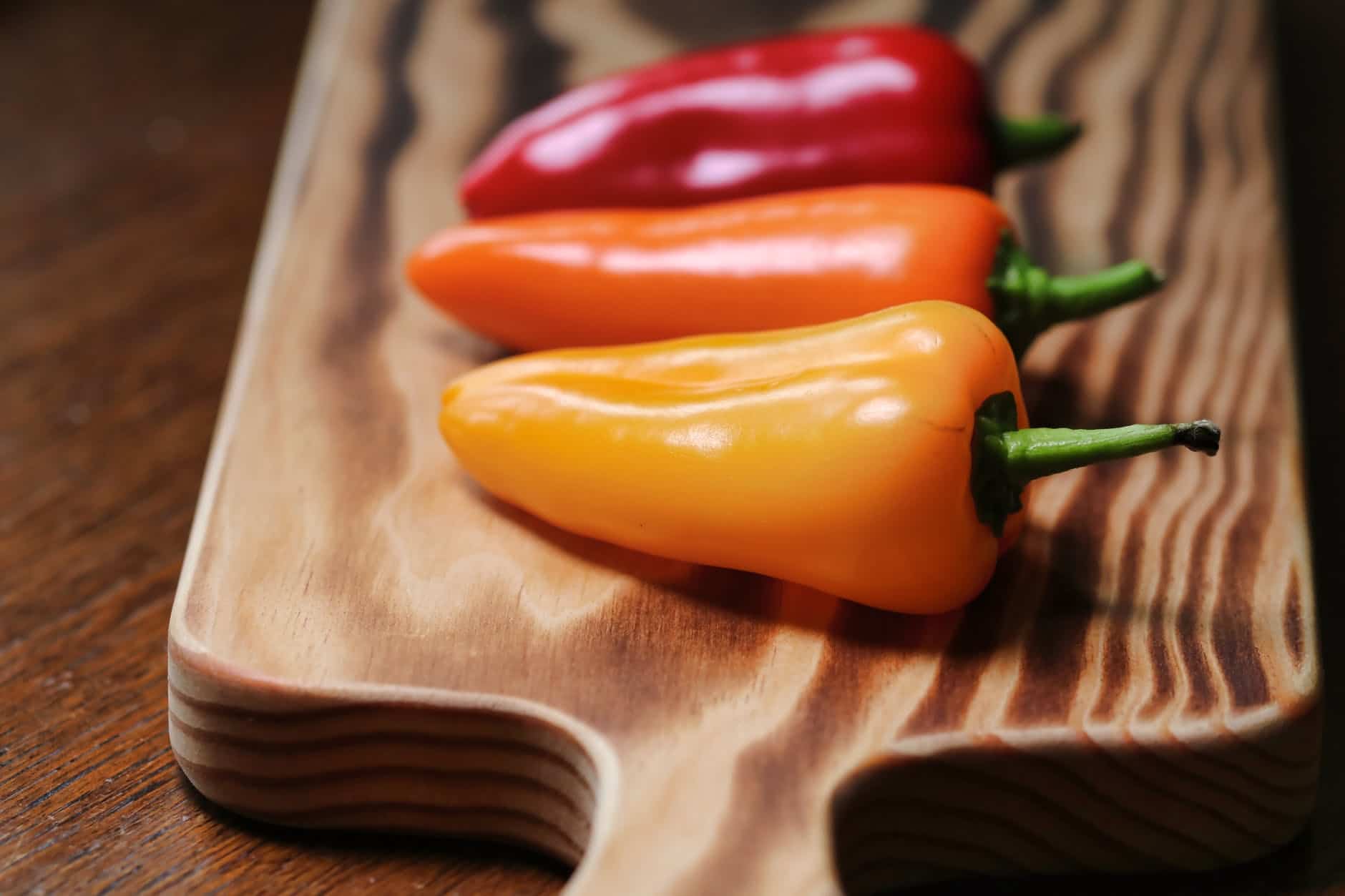

Articles
How To Store Peppers
Modified: February 24, 2024
Discover the best ways to store peppers with these informative articles. Keep your peppers fresh for longer and enjoy their vibrant flavors.
(Many of the links in this article redirect to a specific reviewed product. Your purchase of these products through affiliate links helps to generate commission for Storables.com, at no extra cost. Learn more)
Introduction
Welcome to the wonderful world of peppers! Whether you enjoy the mild sweetness of bell peppers or the fiery heat of chili peppers, these colorful and versatile vegetables add flavor and spice to countless dishes. But what happens when you have an abundance of peppers and want to store them for later use? This article will guide you through the process of properly storing peppers, so you can enjoy their vibrant flavors all year round.
Peppers, belonging to the Capsicum genus, come in various shapes, sizes, and levels of heat. From the bell pepper’s crisp bite to the jalapeno’s zing, each variety has its unique characteristics. When it comes to storing peppers, their freshness and firmness are key factors to consider.
Peppers can be stored in various ways depending on your preference and the intended use. Options include freezing, drying, and even canning for long-term preservation. We’ll explore all of these methods in this article. But before we jump into storage techniques, let’s talk about choosing the right peppers for storage.
Key Takeaways:
- Properly storing peppers ensures year-round access to their vibrant flavors. Choose the right peppers, prepare them carefully, and explore various storage methods for optimal results.
- Whether freezing, drying, or canning, preserving peppers extends their shelf life and culinary versatility. Follow hygiene practices, rotate stock, and enjoy peppers in countless dishes.
Read more: How To Store Pepper Seeds
Choosing the Right Peppers
When it comes to choosing peppers for storage, it’s important to select ones that are fresh and in optimal condition. Here are a few tips to help you choose the right peppers:
- Look for firmness: When selecting peppers, gently press them to ensure they’re firm and have no soft spots. Soft or mushy peppers are more likely to spoil quickly.
- Check for blemishes: Examine the peppers for any signs of blemishes, mold, or rot. It’s best to avoid peppers with visible damage, as they are more prone to spoilage.
- Consider the level of ripeness: Peppers come in various stages of ripeness, ranging from green to fully colored. Green peppers are less mature and tend to have a milder flavor, while fully colored peppers are sweeter and more flavorful. Choose the level of ripeness based on your personal preference.
- Take note of the variety: Different varieties of peppers have different storage capabilities. For example, bell peppers tend to have a longer shelf life compared to more delicate chili peppers. Consider the specific variety and its storage requirements.
Remember, the quality of peppers you choose for storage will impact their longevity and taste. So, take your time to carefully select fresh, firm, and blemish-free peppers for optimal results.
Preparing Peppers for Storage
Before you can store your peppers, it’s essential to properly prepare them to ensure they stay fresh and delicious. Here are the steps to follow to prepare peppers for storage:
- Wash the peppers: Start by rinsing the peppers under cool running water to clean off any dirt or debris. Use a gentle scrub brush to remove any stubborn residue, if needed. Pat them dry with a clean towel or let them air dry before proceeding.
- Remove stems and seeds: Using a sharp knife, carefully cut off the stem end of each pepper. Then, slice the pepper lengthwise and gently remove the seeds and inner membranes. Be cautious when handling hot peppers, like jalapenos or habaneros, as their oils can cause skin irritation. Wearing gloves is advisable.
- Consider peeling: If you prefer to remove the skin from your peppers, especially for more mature ones, you can do so by charring them over an open flame or by roasting them in the oven. Once the skin is charred or blistered, place the peppers in a covered bowl or plastic bag to allow the steam to loosen the skin. After a few minutes, you can easily peel off the skin.
- Cut or slice as desired: Depending on your preferences and future use, you can cut or slice the peppers into desired shapes. Some people prefer to leave them whole, while others prefer smaller pieces. Take into consideration how you plan to use the peppers later on.
By following these steps, you’ll ensure that your peppers are clean, free of seeds, and cut to your liking, making them ready for storage and future use. Now, let’s explore different methods of storing peppers to keep them fresh for longer.
Storing Peppers
Storing peppers properly is crucial to maintain their freshness and flavor. Here are a few methods you can use to store peppers:
- Refrigeration: One of the simplest methods to store peppers is by keeping them in the refrigerator. Place whole peppers or sliced pieces in a zip-top bag or an airtight container. Make sure to remove any excess air from the bag or container before sealing it. Stored this way, peppers can last for up to two weeks in the refrigerator.
- Paper towel method: This method is ideal if you want to store whole peppers. Wrap each pepper individually in a slightly damp paper towel and place them in a paper bag. The paper towel will help absorb any excess moisture and prevent the peppers from becoming soggy. Store the bag of peppers in the refrigerator, and they should stay fresh for about a week.
- Root cellar or cool basement: If you have access to a root cellar or a cool, dark basement, you can store your peppers there. These environments provide the ideal conditions for peppers to stay fresh for an extended period. Place the peppers in a crate or a well-ventilated container and keep them away from direct sunlight.
Remember to regularly check the stored peppers for any signs of spoilage or mold. If you notice any peppers starting to soften or develop mold, remove them immediately to prevent the spoilage from spreading to other peppers.
Now that we’ve covered the basics of storing fresh peppers, let’s explore two other popular methods of preserving peppers: freezing and drying.
Freezing Peppers
Freezing peppers is an excellent way to preserve their freshness and flavor for a longer duration. Here’s how you can freeze your peppers:
- Prepare the peppers: Wash the peppers thoroughly and remove the stems, seeds, and inner membranes. Slice or chop them according to your preference.
- Blanch the peppers: Blanching helps to preserve the color, texture, and nutrients of the peppers. Bring a pot of water to a boil and carefully place the pepper slices or pieces into the boiling water. Let them cook for about 2-3 minutes, then remove and immediately transfer them to a bowl of ice water to stop the cooking process.
- Drain and pat dry: Once the peppers have cooled down in the ice water, drain them thoroughly and pat them dry with a clean towel or paper towels. Excess moisture can lead to freezer burn, so ensure the peppers are as dry as possible.
- Pack for freezing: Place the pepper slices or pieces in freezer-safe containers or sealable plastic bags. Remember to remove any excess air from the bags before sealing them to minimize the risk of freezer burn. Label the containers or bags with the date for easy reference.
- Freeze: Place the containers or bags in the freezer, ensuring they are placed in a single layer for faster freezing. Once frozen, you can stack or arrange them as needed.
Frozen peppers can last for up to 6-8 months in the freezer. They can be used directly from the freezer in cooked dishes like stir-fries, soups, stews, or even as toppings for pizzas and salads.
Now, let’s explore another method of preserving peppers: drying them.
Store peppers in the crisper drawer of the refrigerator, unwashed and in a plastic bag. They will stay fresh for up to 1-2 weeks. Avoid storing them near ethylene-producing fruits, as this can cause them to spoil faster.
Read more: How To Store Peppers In The Refrigerator
Drying Peppers
Drying peppers is a traditional method of preserving them that concentrates their flavor and heat. Here’s how you can dry your peppers:
- Prepare the peppers: Wash the peppers, remove the stems, and slice them into desired shapes. You can choose to dry them as whole peppers, halved, or sliced into rings.
- Air drying: Air drying is the simplest method of drying peppers. Place the pepper slices or whole peppers on a clean and dry surface. Make sure there is enough space between them for air circulation. You can use a drying rack, a mesh screen, or simply lay them on a baking sheet. Put them in a well-ventilated area away from direct sunlight. It may take several weeks for the peppers to fully dry, depending on the humidity levels in your environment.
- Oven drying: If you want to speed up the drying process, you can use your oven. Preheat the oven to its lowest setting (usually around 170°F or 75°C). Place the pepper slices or whole peppers on a baking sheet lined with parchment paper. Place the baking sheet in the oven, leaving the door slightly ajar to allow moisture to escape. Check the peppers regularly and remove them once they are dry and brittle, which typically takes about 6-8 hours.
- Dehydrator: If you have a food dehydrator, you can use it to dry your peppers. Follow the manufacturer’s instructions on temperature settings and drying times. Place the pepper slices or whole peppers on the dehydrator trays and let the machine do the work. Once dry, they should be crisp and brittle.
Store the dried peppers in airtight containers or sealable bags in a cool, dark place. Properly dried peppers can last for several months to a year. You can use dried peppers to add flavor and heat to your dishes by grinding them into powders or crushing them into flakes.
Next, let’s explore another method of preserving peppers: canning.
Canning Peppers
Canning is a fantastic method for preserving peppers, allowing you to enjoy their flavors long after the harvest season. Here’s how you can can your peppers:
- Prepare the peppers: Wash the peppers thoroughly, remove the stems, and slice them into your desired shapes. You can choose to can them as whole peppers, halves, or slices.
- Prepare the jars: Sterilize your canning jars and lids according to the manufacturer’s instructions. This ensures that your peppers will be properly preserved and safe for consumption. Keep the jars and lids hot until ready to use.
- Choose the canning method: There are two common methods for canning peppers – the hot pack method and the raw pack method.
- In the hot pack method, blanch the pepper slices or pieces in boiling water for a few minutes. Then, pack the hot peppers tightly into the hot jars, leaving a 1-inch headspace at the top.
- In the raw pack method, you pack the raw peppers directly into the hot jars without blanching. Fill the jars tightly, leaving a 1-inch headspace.
- Add brine or liquid: To preserve the peppers, fill the jars with a brine solution or a liquid of your choice. You can use vinegar, water, salt, and other spices or seasonings to create a flavorful brine. Ensure that the peppers are fully submerged in the liquid while maintaining the 1-inch headspace.
- Remove air bubbles and seal: Use a chopstick or a plastic utensil to remove any air bubbles trapped in the jar. Wipe the rim of the jar with a clean, damp cloth to remove any residue. Place the lids on the jars and tighten the bands until they are fingertip tight.
- Processing: Depending on the acidity level of your peppers, you may need to process the jars in a water bath canner or a pressure canner. Follow the recommended processing time and pressure for your specific recipe, ensuring that the jars are fully submerged in boiling water during processing.
- Cool, label, and store: Once the processing is complete, remove the jars from the canner and let them cool on a towel or cooling rack. As they cool, you may hear the satisfying “pop” of the lids, indicating a proper seal. Label the jars with the contents and the date of canning. Store them in a cool, dark place and use within a year for the best quality.
Canned peppers can be used in various recipes, adding a burst of flavor to your meals throughout the year. They are excellent for sandwiches, salads, stews, and more.
Now that we’ve explored the different methods of storing and preserving peppers, let’s move on to some useful tips for long-term storage.
Tips for Long-Term Storage
To ensure the longevity and quality of your stored peppers, here are some helpful tips for long-term storage:
- Choose the right storage method: Consider the storage methods discussed earlier, such as freezing, drying, and canning, based on your preferences and the intended use of the peppers.
- Use quality containers: Invest in high-quality containers or freezer-safe bags for freezing peppers. Ensure they are airtight and free from any potential leaks.
- Label and date: Properly label all the containers or bags with the contents and date of storage. This will help you keep track of the freshness and rotation of your peppers.
- Store in optimal conditions: For refrigeration or root cellar storage, maintain the temperature between 40°F (4°C) and 45°F (7°C). Keep peppers away from direct sunlight, as it can cause them to spoil quicker.
- Rotate your stock: When using stored peppers, aim to use the oldest ones first to maintain freshness. This will prevent them from languishing in storage and potentially going to waste.
- Avoid moisture: Moisture can lead to spoilage and mold growth, so ensure peppers are dried or sufficiently drained before storage.
- Check for signs of spoilage: Regularly examine stored peppers for any signs of spoilage, such as discoloration, mold, or off odors. Remove any spoiled peppers immediately to prevent the spread of spoilage to other peppers.
- Experiment with different preservation methods: Don’t be afraid to try different methods of preserving peppers to find the ones that suit your taste preferences and storage capabilities best. Additionally, consider preserving peppers in various forms—sliced, diced, or whole—for added versatility in the kitchen.
By following these tips, you can ensure that your stored peppers remain fresh, flavorful, and ready to be used in your culinary creations whenever you need them.
Now that you have a comprehensive understanding of how to store peppers, you can embark on a journey of preserving their vibrant flavors to enjoy throughout the year. So, go ahead and stock up on those peppers when they’re in season and preserve their goodness for future culinary delights.
Happy pepper preserving!
Conclusion
Storing peppers is a fantastic way to extend their shelf life and enjoy their vibrant flavors even when they’re out of season. Whether you choose to freeze them, dry them, can them, or simply refrigerate them, proper storage techniques can help preserve the freshness, taste, and nutritional value of peppers for an extended period.
By carefully selecting the right peppers for storage and following the proper preparation methods, such as washing, removing stems and seeds, and considering peeling, you set the stage for successful preservation.
Refrigerating peppers is a simple and effective method, keeping them fresh for a couple of weeks. The paper towel method is also a great option for whole peppers, preventing them from becoming too moist.
If you want to preserve peppers for a longer period, freezing and drying are excellent options. Freezing peppers requires blanching to maintain their quality, while drying concentrates their flavors and heat. Both methods offer versatility when it comes to using the preserved peppers in various recipes.
Canning peppers, on the other hand, allows you to enjoy your peppers throughout the year with the added benefit of flavor enhancement through brining or other seasonings.
Remember to follow proper hygiene and safety practices during the storage process, including sterilizing containers and ensuring airtight seals. Regularly check stored peppers for signs of spoilage and rotate your stock to maintain freshness.
With these tips and techniques in mind, you’re well-equipped to store peppers for long-term enjoyment. Stock up on your favorite varieties, whether mild or fiery hot, and preserve their unique flavors to spice up your meals all year round.
So, don’t let your abundance of peppers go to waste. Start experimenting with different storage methods and enjoy the taste of fresh peppers whenever you desire. Happy storing!
Frequently Asked Questions about How To Store Peppers
Was this page helpful?
At Storables.com, we guarantee accurate and reliable information. Our content, validated by Expert Board Contributors, is crafted following stringent Editorial Policies. We're committed to providing you with well-researched, expert-backed insights for all your informational needs.
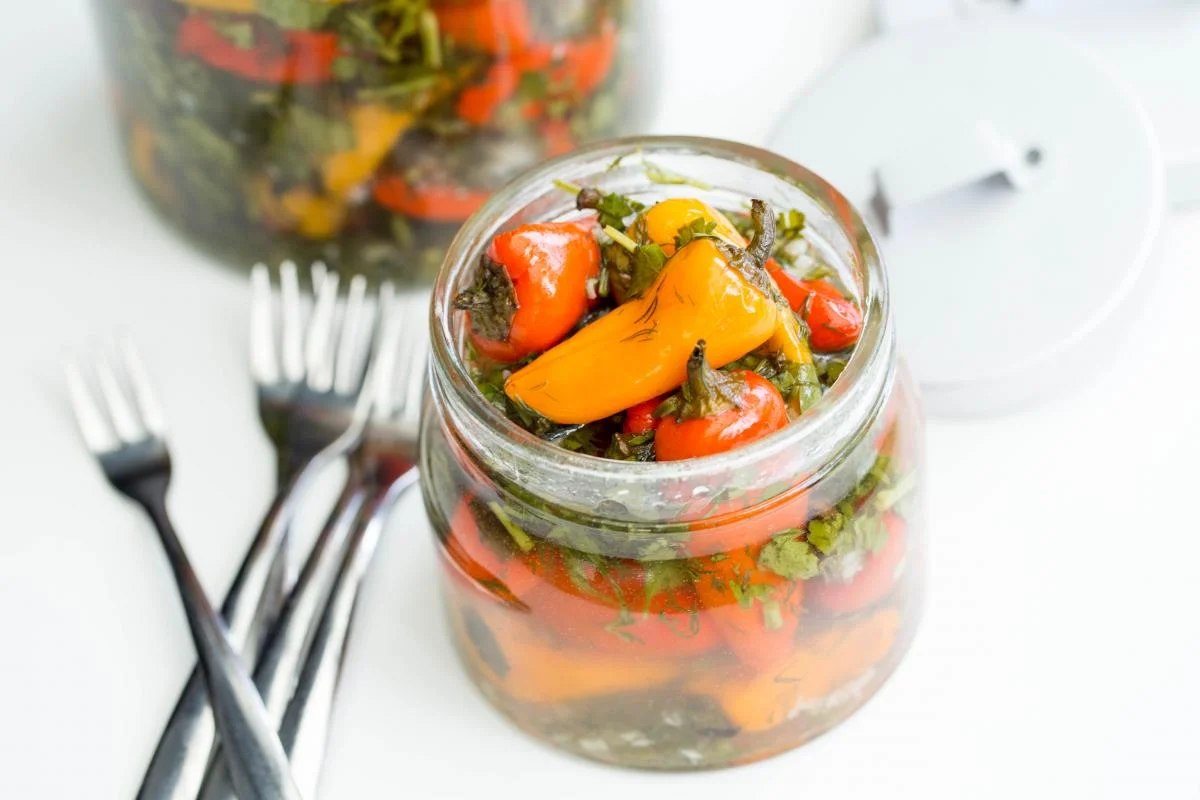
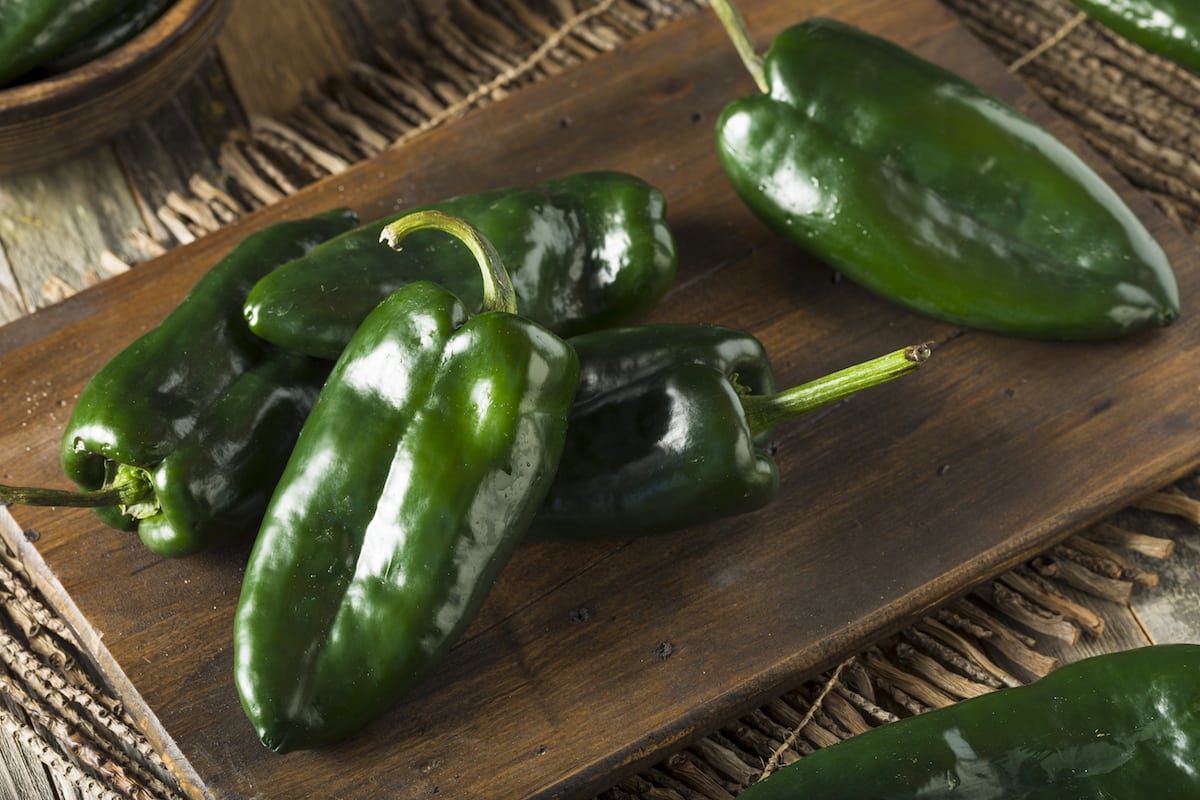
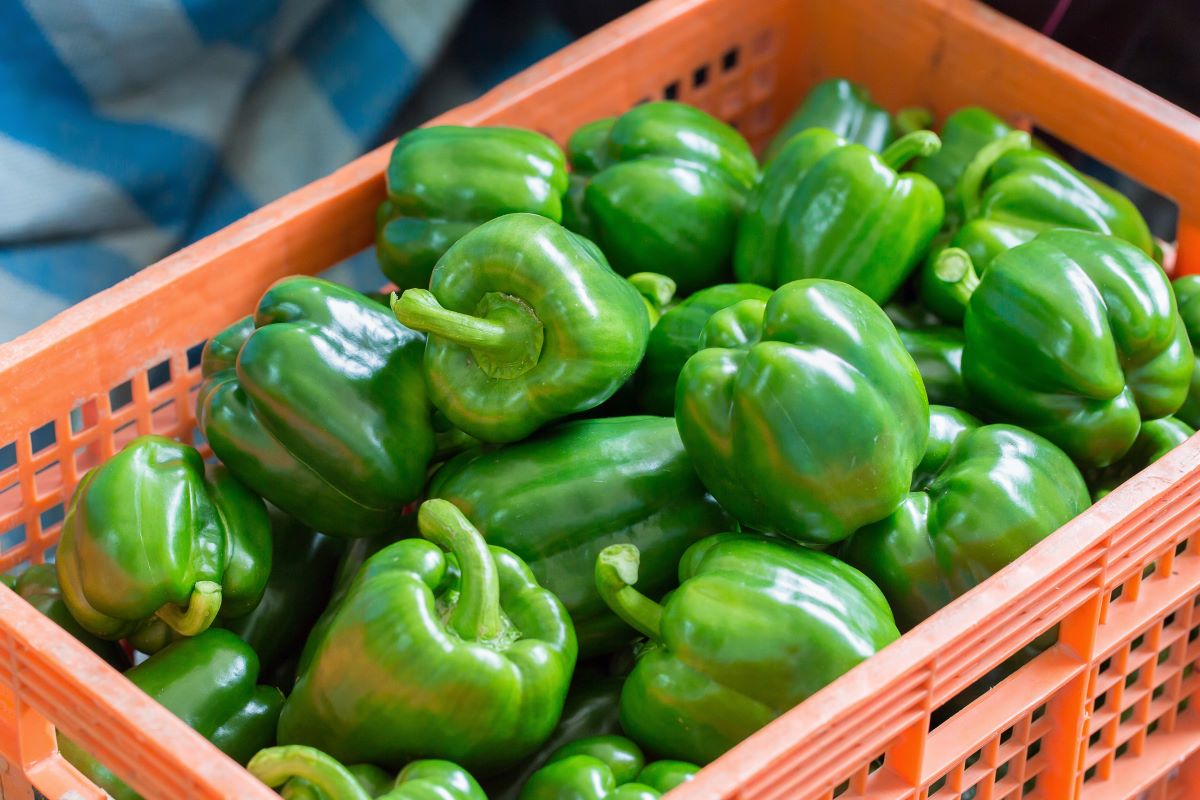
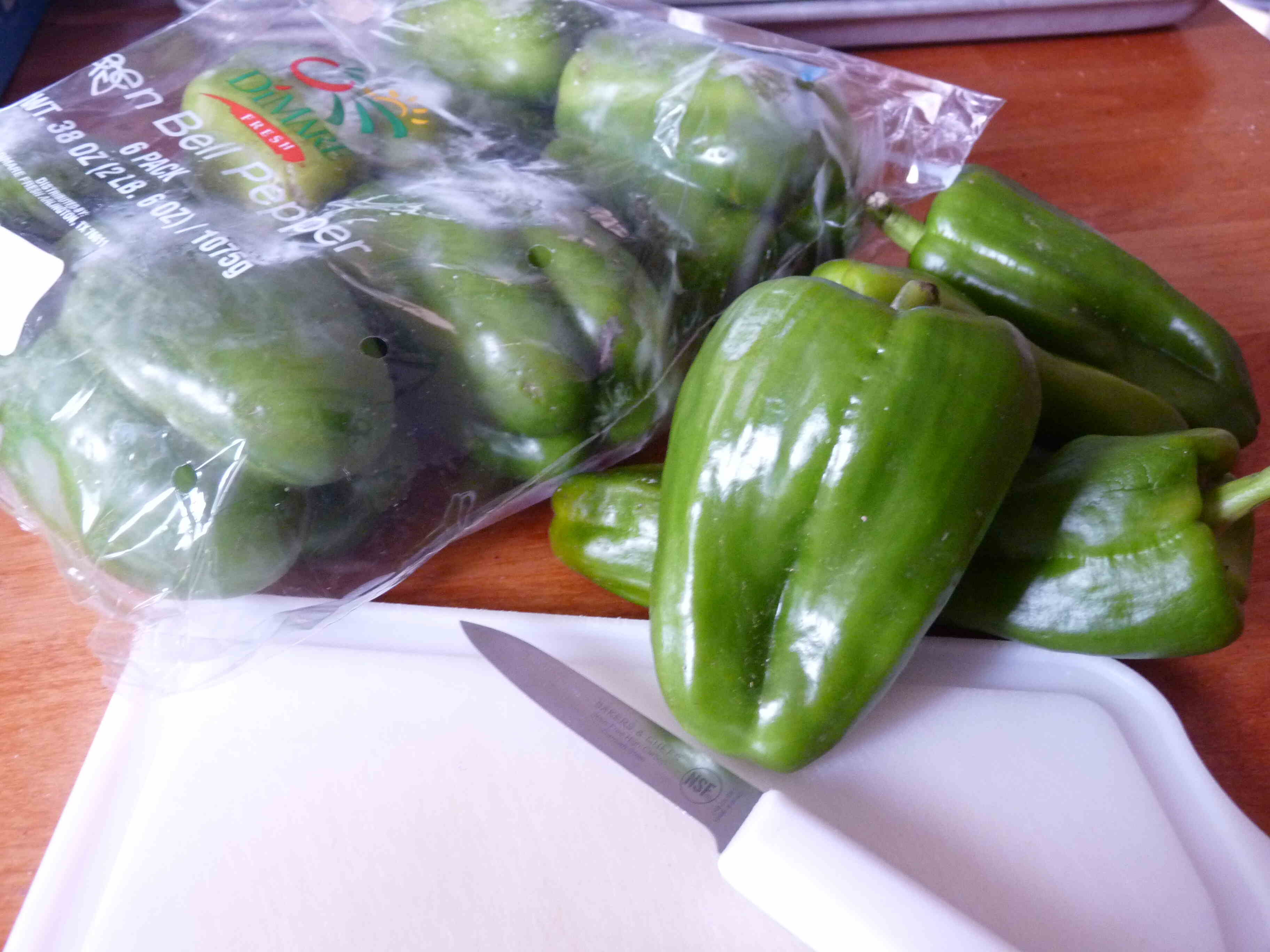
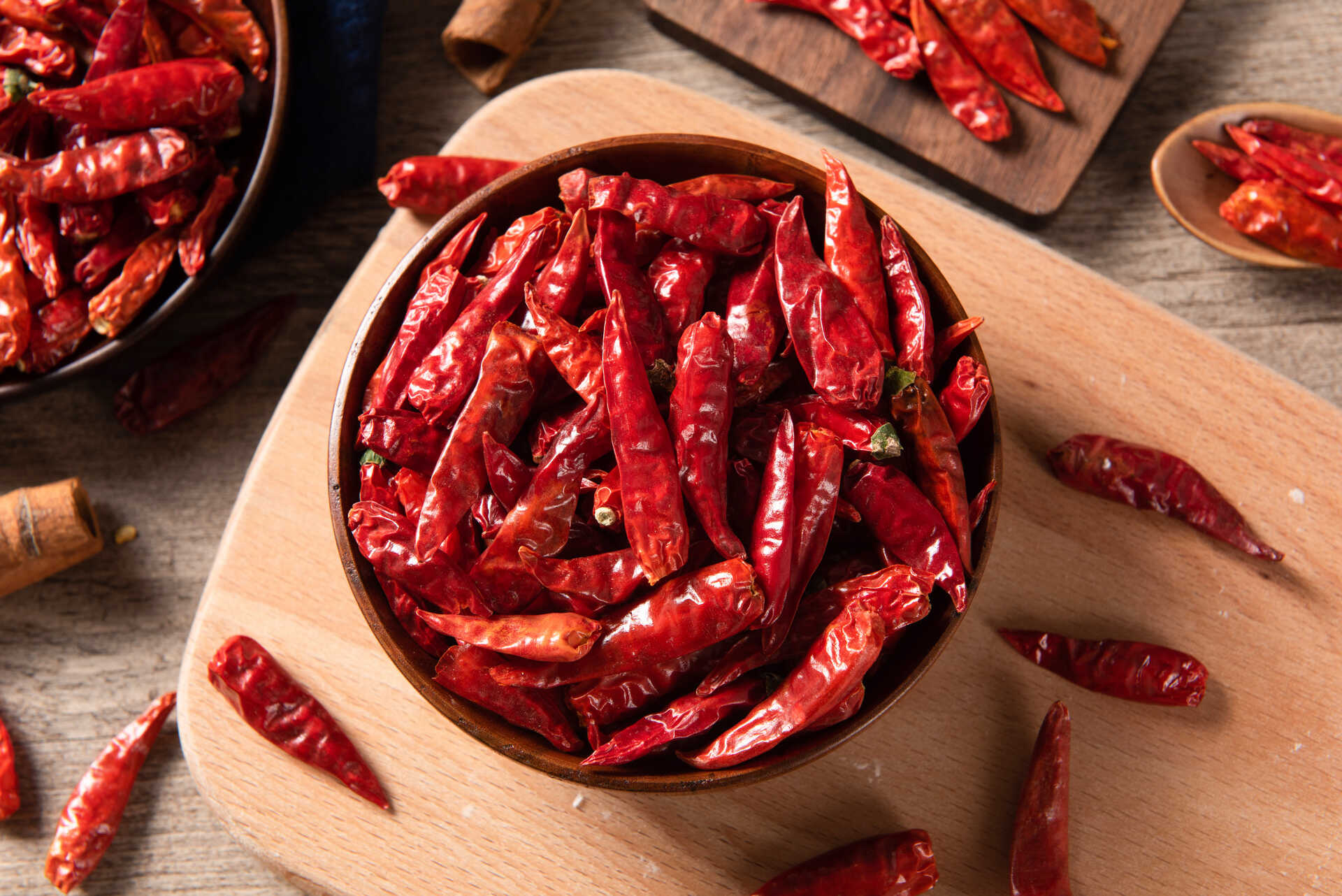
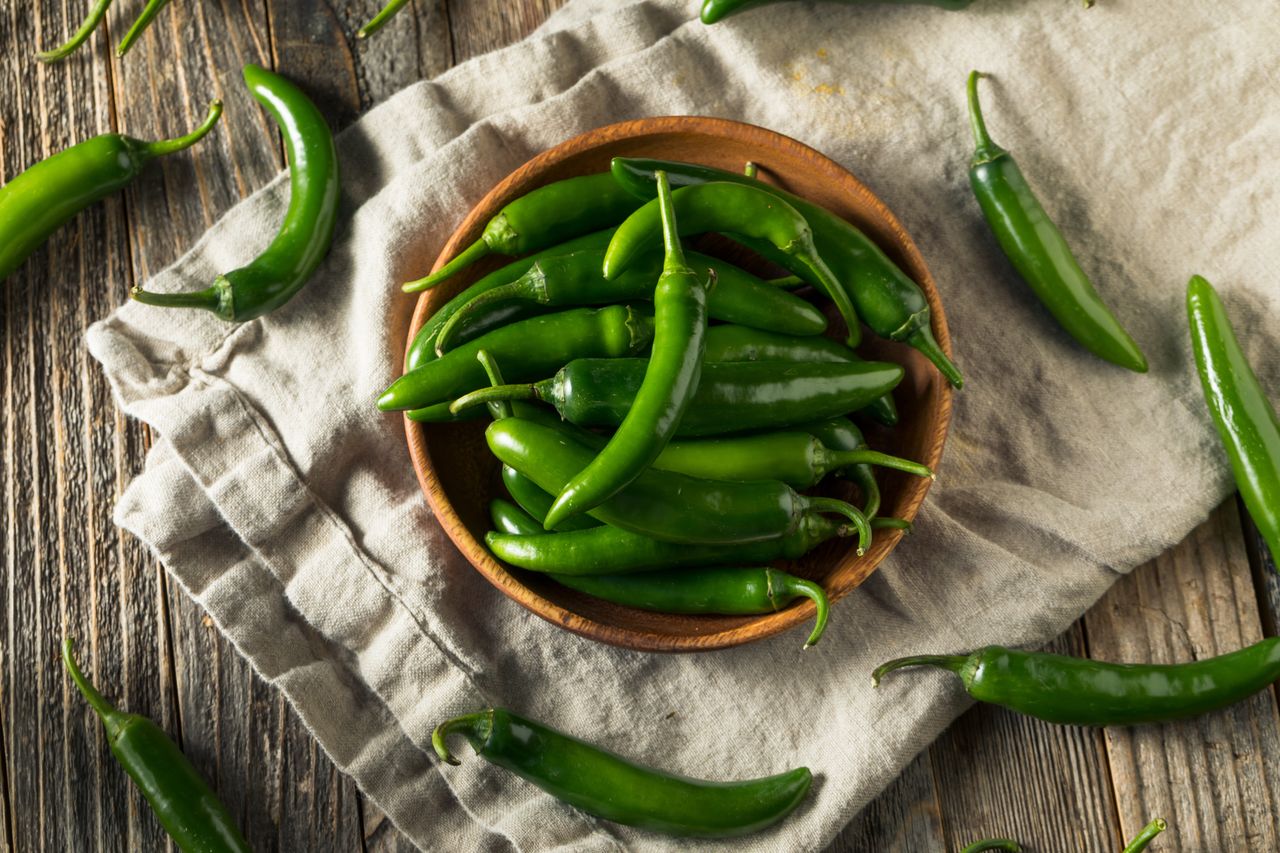
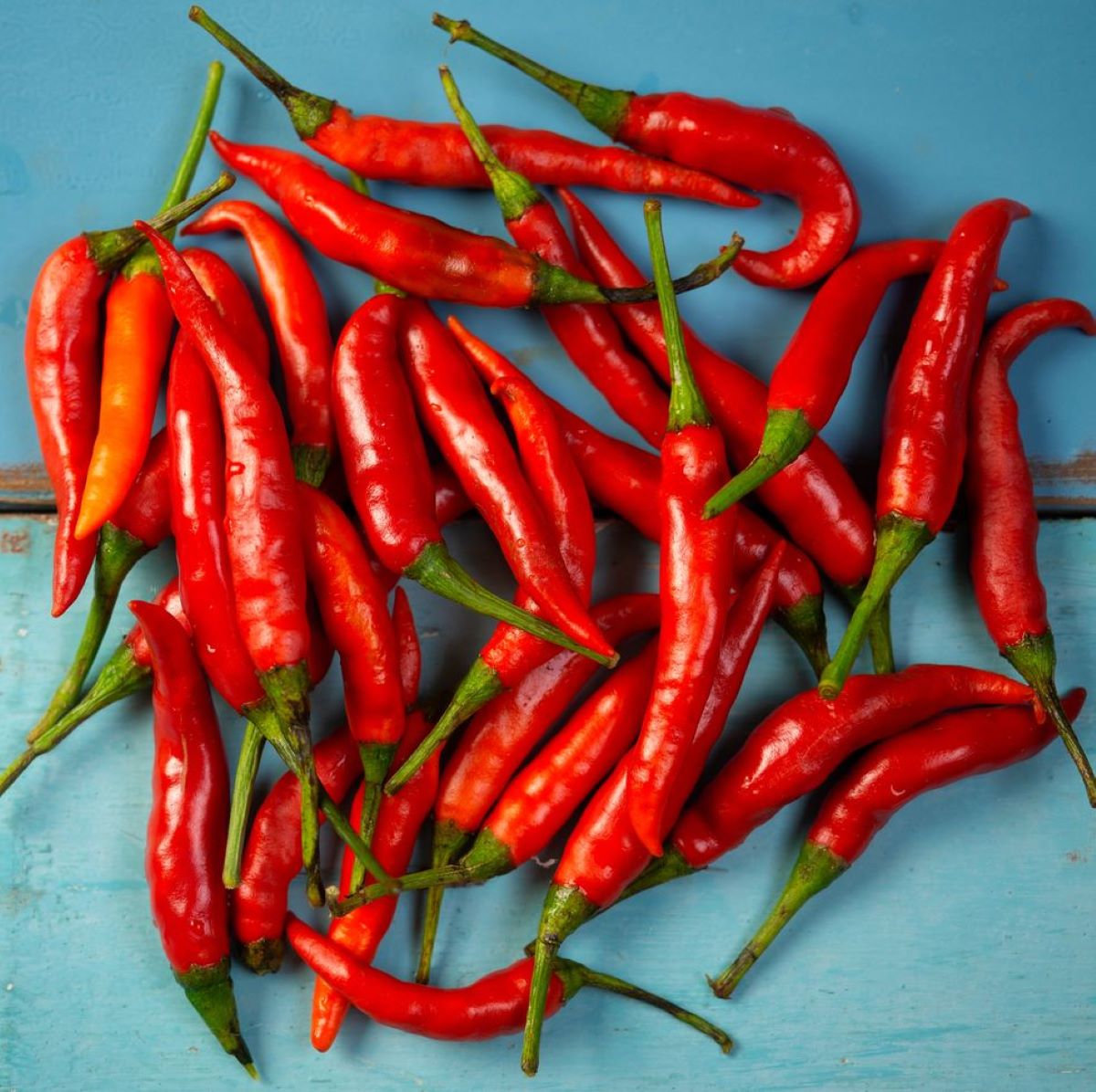
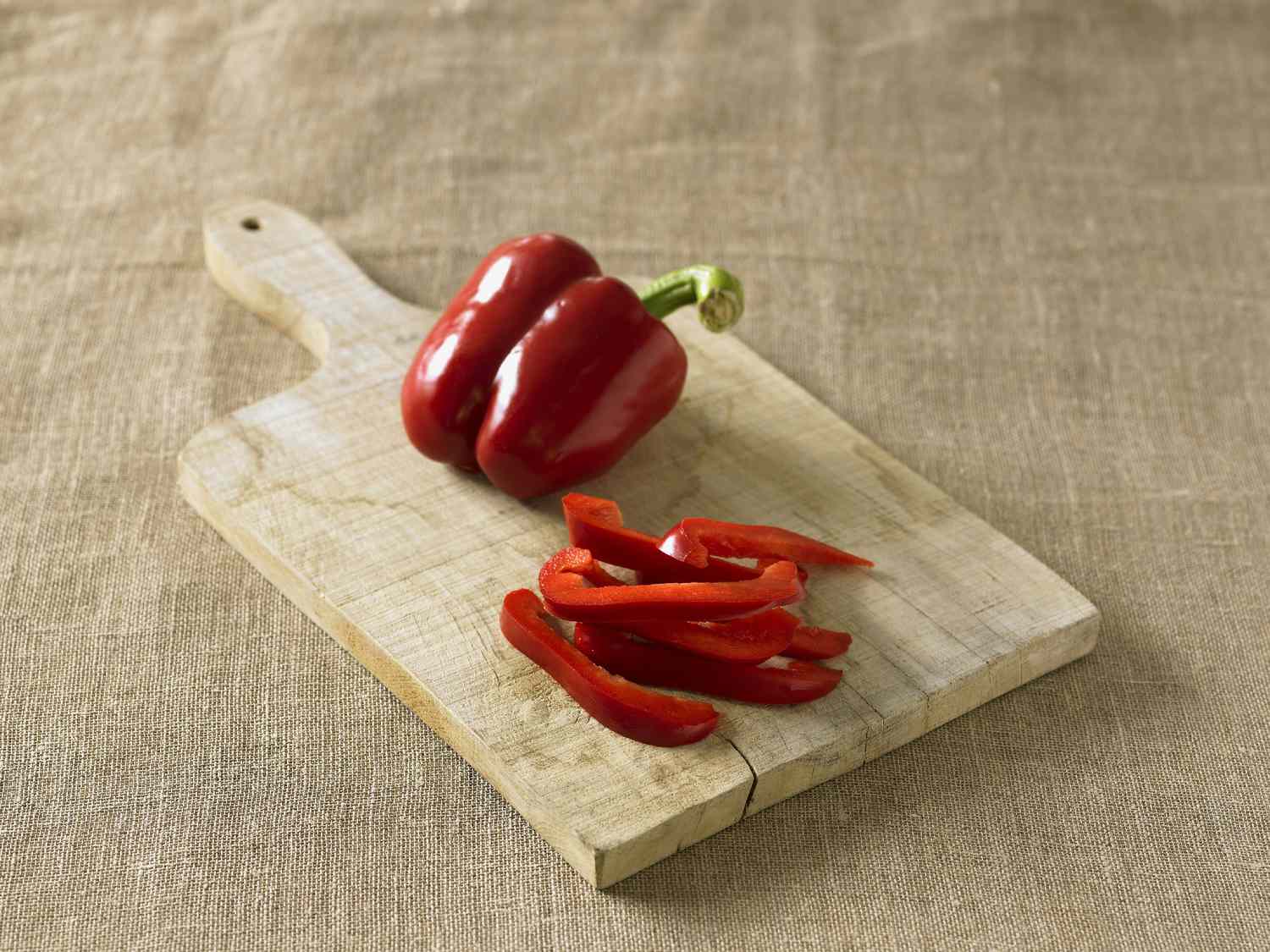
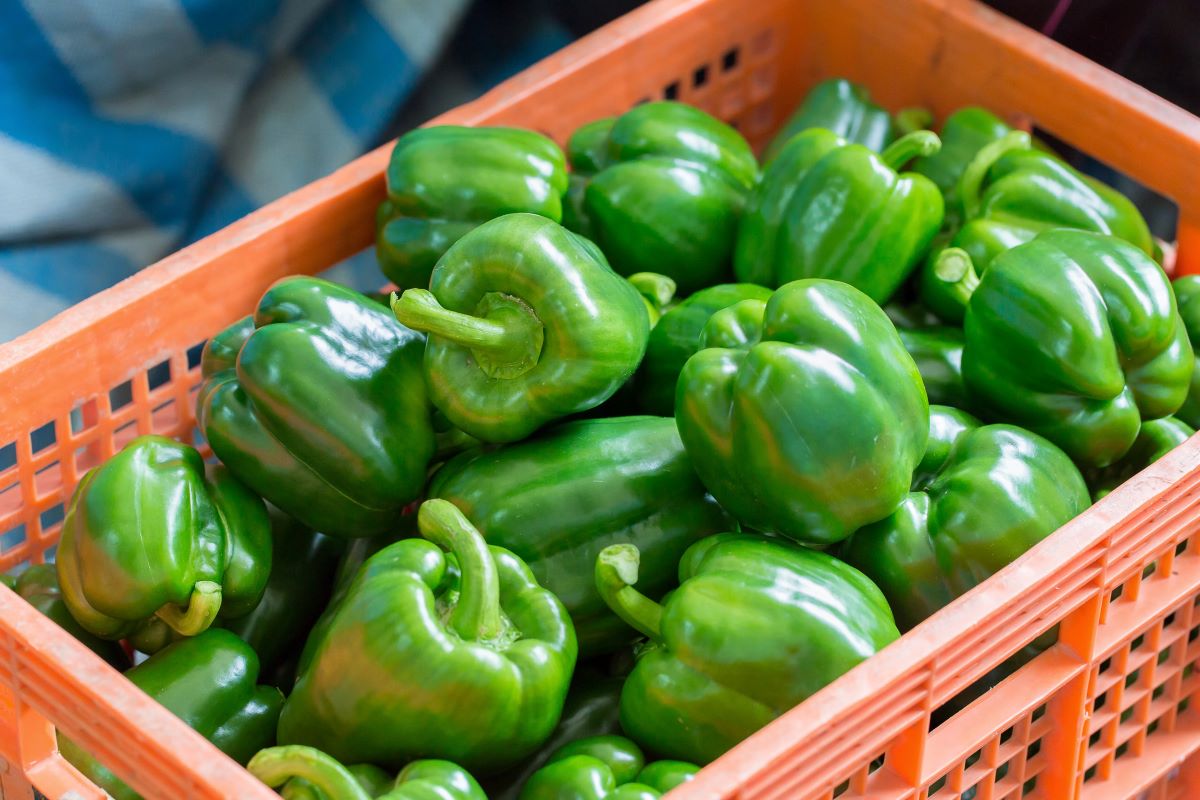
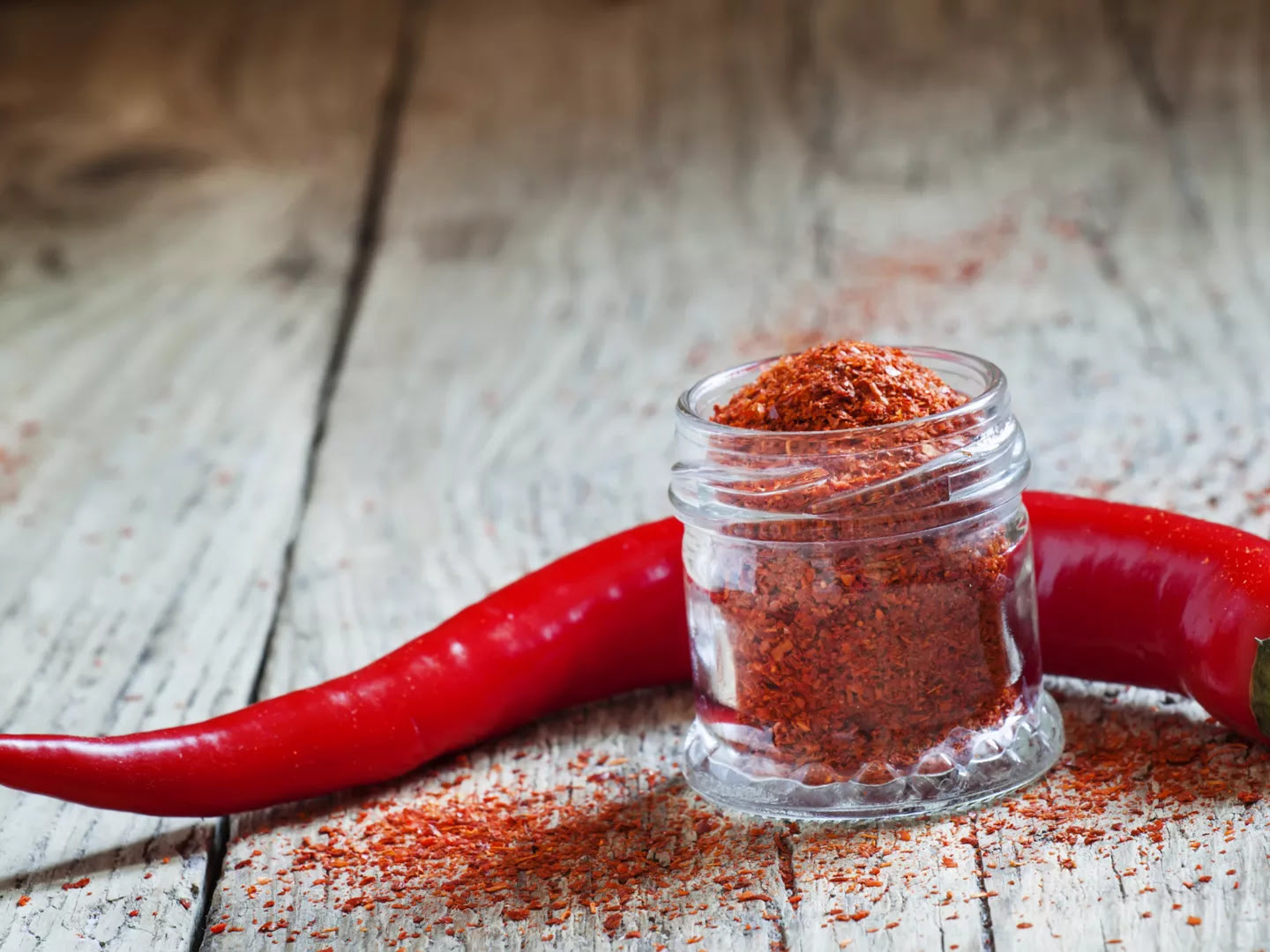
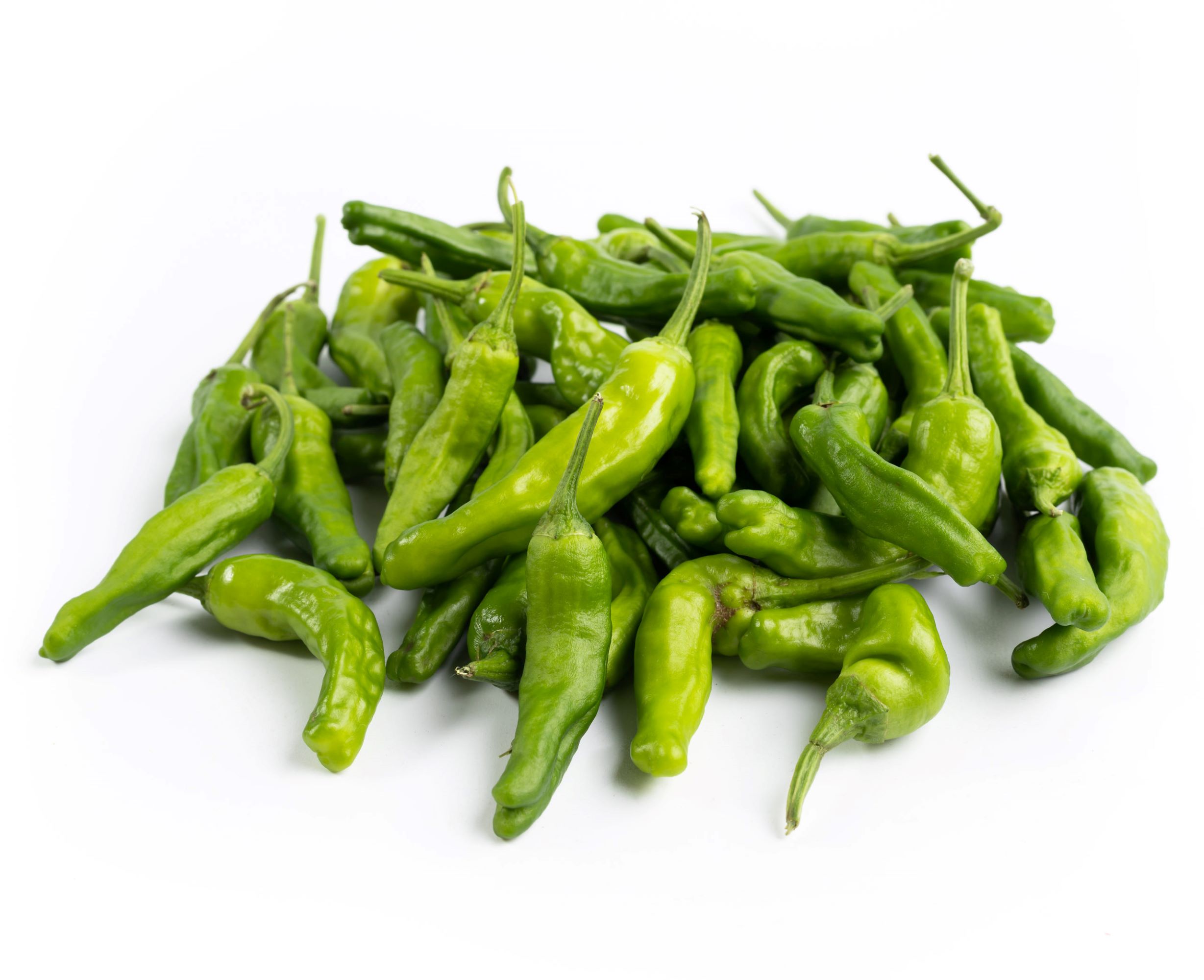
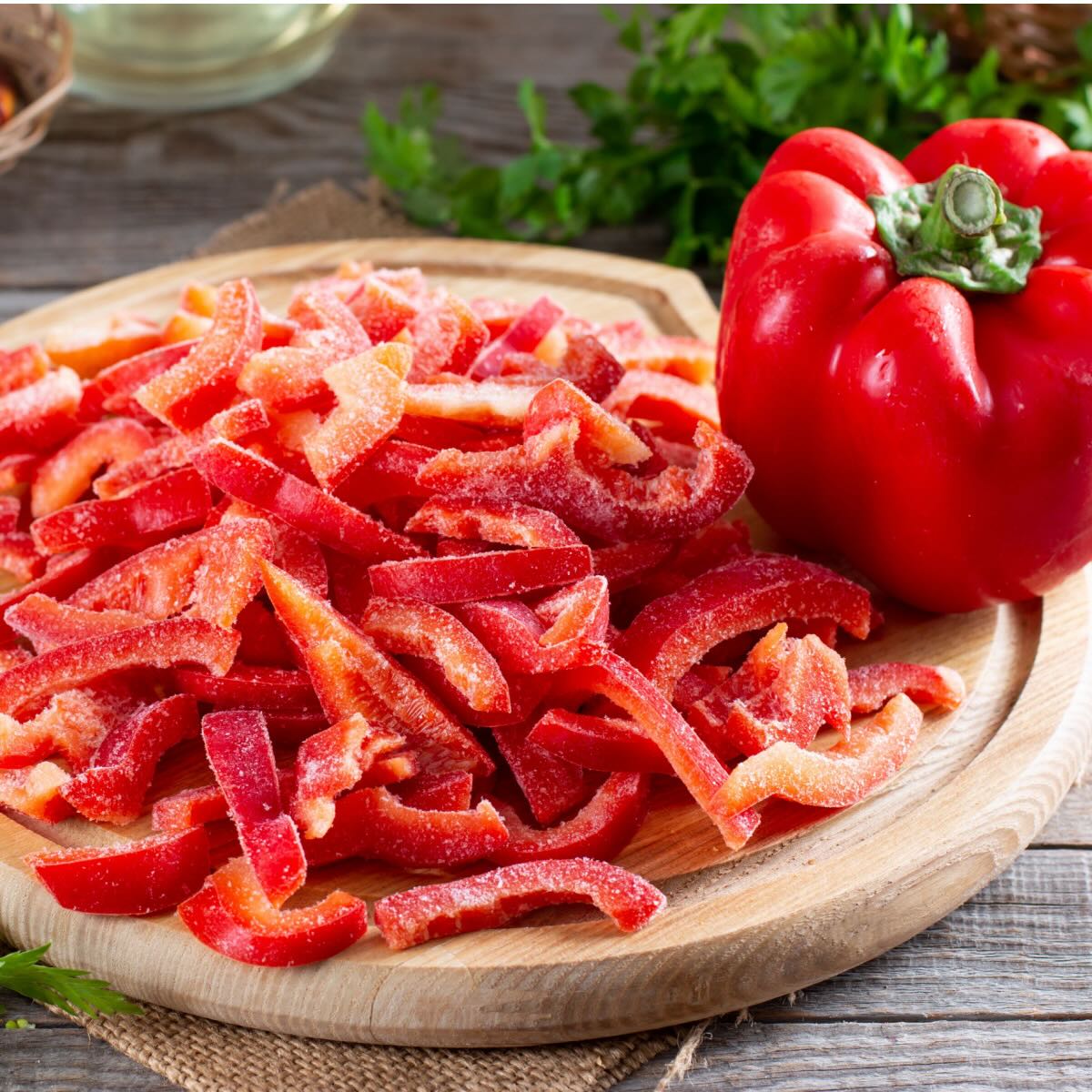
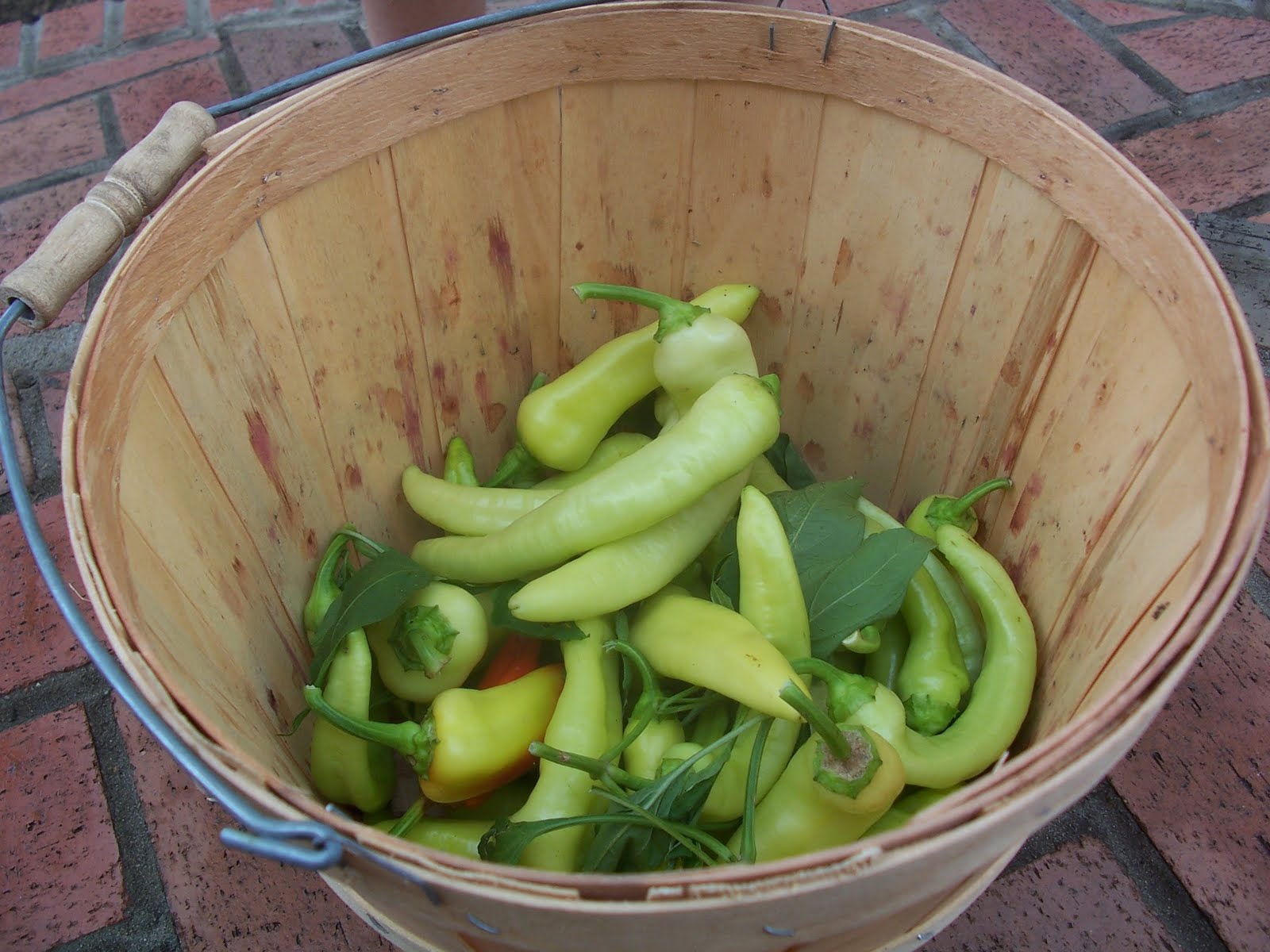
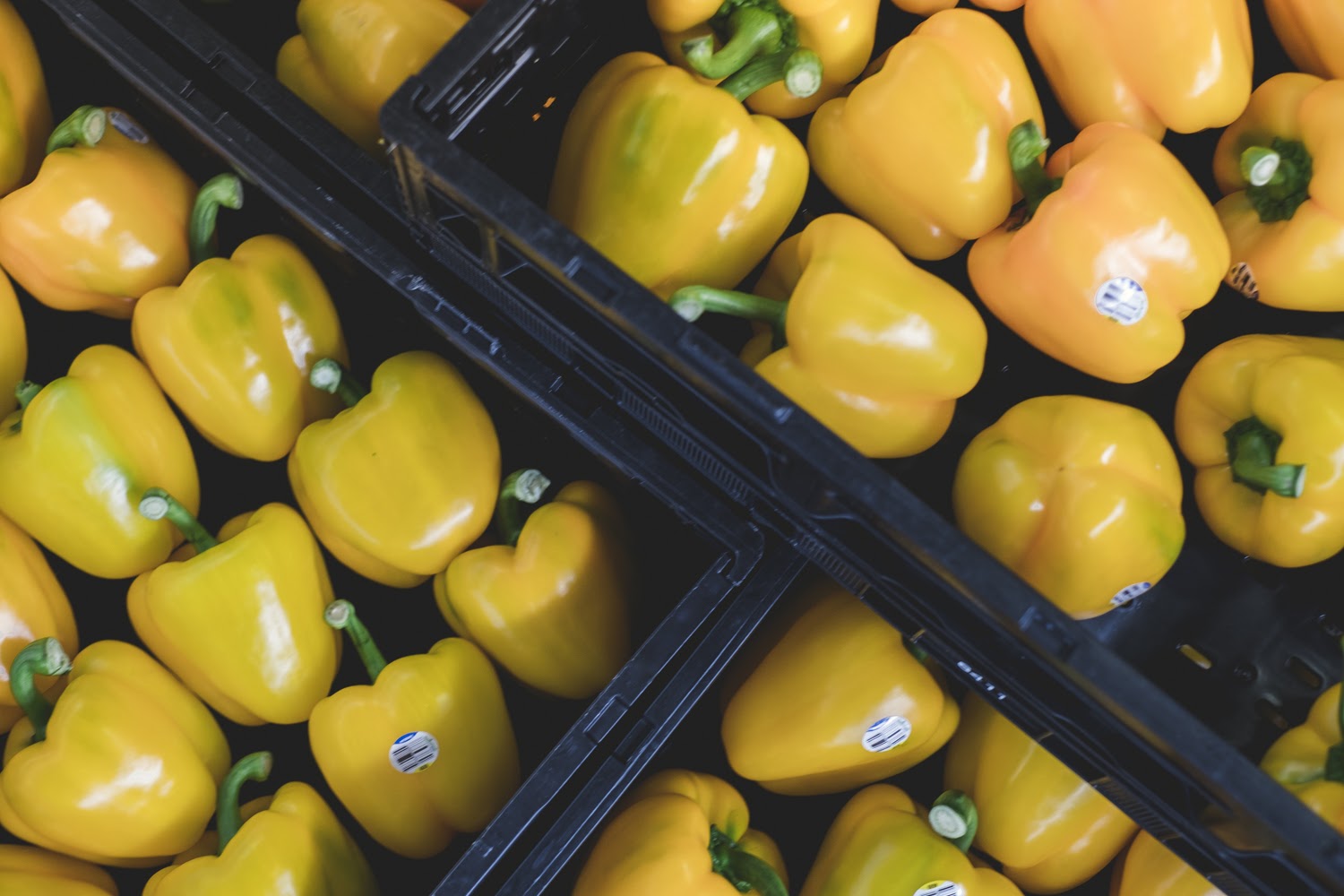

0 thoughts on “How To Store Peppers”